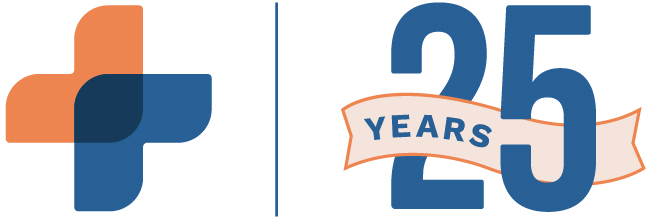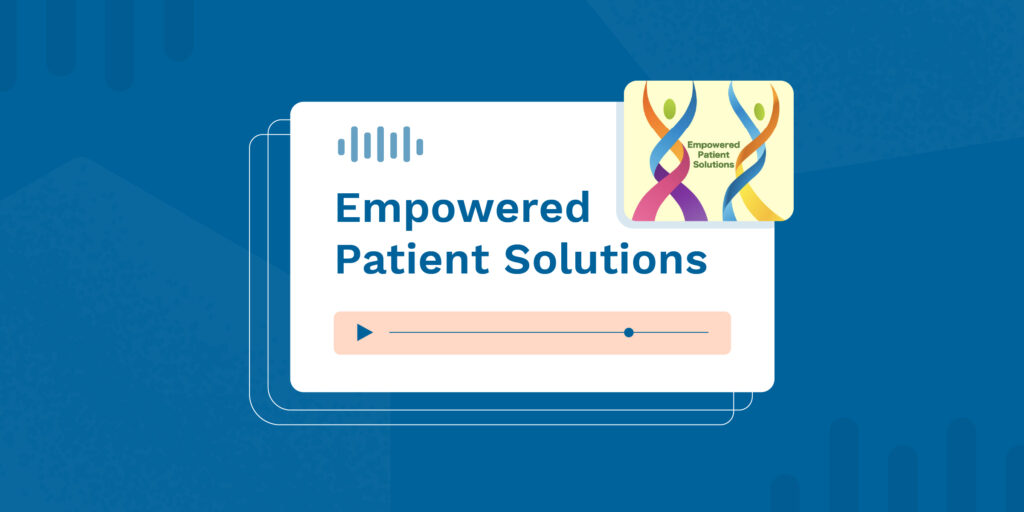The true benefits of Electronic Health Records (EHR) software are not yet fully recognized by most physicians, nurses, medical staff, and healthcare practices in general, which understandably can lead to mounting frustration. In a 2014 survey by Healthcare Informatics of nearly 14,000 nurses, 92% stated that they were unhappy with their EHR. With the stigma surrounding electronic health records, it is easy to forget how certified EHR software can help improve patient safety, care coordination, and practice efficiency.
The University of Central Florida’s Morsani College of Medicine outlines several ways EHRs work to improve patient safety in the article Benefits of Electronic Health Records:
- EHRs provide the ability to exchange complete health information about a patient in real time. Accurate, up-to-date and thorough information naturally leads to a higher quality of care, from better diagnoses to reduced errors.
- When it comes to medications, paper prescriptions can be lost or misread, leading to errors in dosage or even the wrong medication dispensed. Electronic prescribing allows physicians to communicate directly with the pharmacy, reducing errors and saving time by eliminating lost prescriptions.
- Patient safety is improved as electronic prescribing automatically checks for potentially dangerous drug, allergy, and demographic interactions.
- Better coordination among providers leads to more accurate diagnoses, improved management of chronic conditions and better overall patient care.
Is your practice interested in realizing improved patient safety and care?
Medical practices should be careful to select a certified EHR vendor—such as RXNT—because these vendors are familiar with intense auditing processes that ensure patient safety is made a priority. The second key to patient safety is provider and staff training. Find a vendor that values your training and is committed to your team’s successful implementation of electronic health record software. Implementing a new workflow with an EHR takes time and hard work, but in the long run, improving patient safety is achievable.





